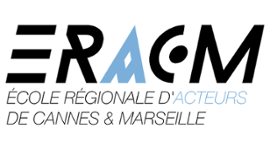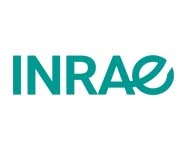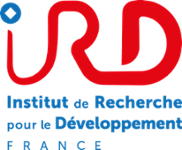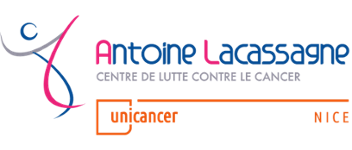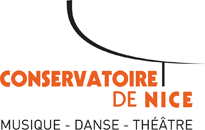MARRES Education
- The MARRES programs
-
The Learning experience: being a MARRES student
- The MARRES students
- The MARRES events
- Life on the Côte d'Azur
- The learning strategy
-
Alumni & Career: the life after MARRES
- The Lérins Biodiversité campaign
-
MARRES To The World: the student initiative
- Our games
- Our podcasts
- Our outreach events
- Naïa: the voice of the Ocean
-
Team & Partners
-
Join us

A methodological approach to the quantification of potentially harmful benthic dinoflagellates
ECOSEAS lab, Université Côte d'Azur
Centre national de la recherche scientifique (CNRS)
Supervisors
Luisa Mangialajo, ECOSEAS, Université Côte d'Azur
Context
Harmful benthic dinoflagellates are well known under the tropics, where they caus a food-borne intoxication called ciguatera, concerning several dozen of thousand of people every year around the world. In the recent decades, potentially harmful dinoflagellates are increasing their distribution range and cause health issues (linked to inhalation of aerosols) in temperate areas. This is particularly true in the Mediterranean Sea, where several species of Ostreopsis are monitored since several years due to their public health, economic and ecological consequences. But their quantification is tricky as their abundances are fleeting in the water column and difficultly quantifiable in the biofilm. Alternative methods have recently been conceived (BEDI, Mangialajo et al., 2017; Jauzein et al., 2018) in order to better assess the risk associated to this emergent phenomenon.
Objectives
The proposed immersive project has the objective of ameliorating the existing BEDI prototype, making it more easy-to-handle and testing it with fixed dinoflagellate cells and surrogates. The realization of tests with fixed cells depend on the possibility of collecting Ostreopsis cells during summer and autumn. In case the number of cells would not be sufficient, surrogates will be used (sand, microbeads…).
Ostreopsis blooms taking place in summer (june to august), the stage could likely be extended a couple of months.

Status
Started Fall 2020
Current student involved: -
Previous students involved: -
Last deliverables:-
Contact information
Website
Google Scholar
Campus Valrose, Nice

